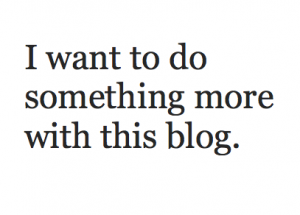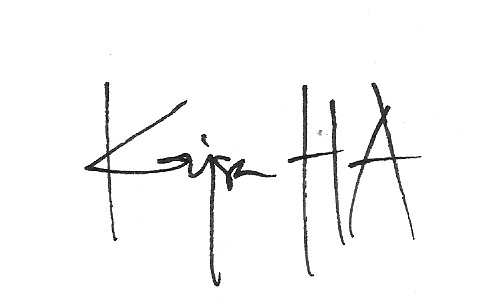Life in Ghana can be very monotonous. It is the red dust, the wailing religious songs, the water that doesn’t flow, the soup that never stops flowing, the discussion on how Ghanaians’ attitude to maintenance must change, the discussion on how the red dust is too much and the water doesn’t flow. Rinse and repeat. Then there are the art events which challenge all of that and carve out a whole new way of looking at where we are and who we are.
Last night was like that, an experience put together by the collective exhibit, “MAKE BE” by The Beyond Collective consisting of artists
Nana Anoff
Randa Jebeile
Eric Gyamfi
Poetra Asantewa
Nii Obodai
Rania Odaymat (also the curator)
Francis Kokoroko
While Poetra Ansantewaa, Eric Gyamfi, Nii Obodai, and Rania Odaymat looked inwards in beautiful, intricate, and overlaying works, with self-portraits, or in Poetra Asantewaa’s case her memories, as their medium, Francis Kokrokoo, Randa Jebeile, and Nana Anoff looked outwards – Kokroko by using the symbol and actual presbyterian choral singers as his topic, Jebeile using colorful mosaics, and Anoff triumphing them all scale-wise by lifting half an airplane to the exhibit venue.
A collaborative piece between Kokroko and Odaymat and an NGO working with justice in Ghana’s prisons became the proud centerpiece of the exhibit: Remember Me, a large screened slideshow framed by barbed wire, with queenlike portraits of the women in Nsawam prison, sentenced to stay there for life, here fully made up, wearing beautiful and sparkling jewellery and attire. Their eyes glistened of many layers of feelings. Deep sadness. Defiance. Anger. Hope. Fear. Pride. The women seemed temporarily released by the dream of what could have been and it was mesmerizing.
The connection between all works was a contemplative and intimate stance demanding much from the viewer and I complained to a fellow visitor that I thought some of the works were too subtle or abstract, almost like I could not get a grip on any message from them. He disagreed completely and there we were, far from the red dust and conversations on maintenance culture.
Indicative of this rich pop-up art show was that only when scrolling through Instagram coverage of the exhibit already at home, I realized one could enter Nana Anoff’s airplane! There is much more to see, much more to be, and more to make than what is at first apparent.
More info:
MAKE BE
La Maison, Icon House, Airport City, Accra, Ghana.
4th – 8th October 2018
MAKE BE is an exhibition celebrating two years of reflection by seven artists. Paying homage to the Ghanaian context, it focuses on the resourcefulness of living in a space
and place that can bring magic and mayhem in the switch of a second. It is about creation and conversation, especially in an age of change and uncertainty.
The most significant obstacles we face as creatives are personal, while the biggest battles we wage are intimate. In contemplation of this, it made sense to turn our lens,
brushes, pens and craft inwards for reflection. It is an invitation for each artist to convey what existing and creating means to them.
-Rania Odaymat, Curator
 I got an email about blogging and thought all of you might enjoy my input.
I got an email about blogging and thought all of you might enjoy my input.

